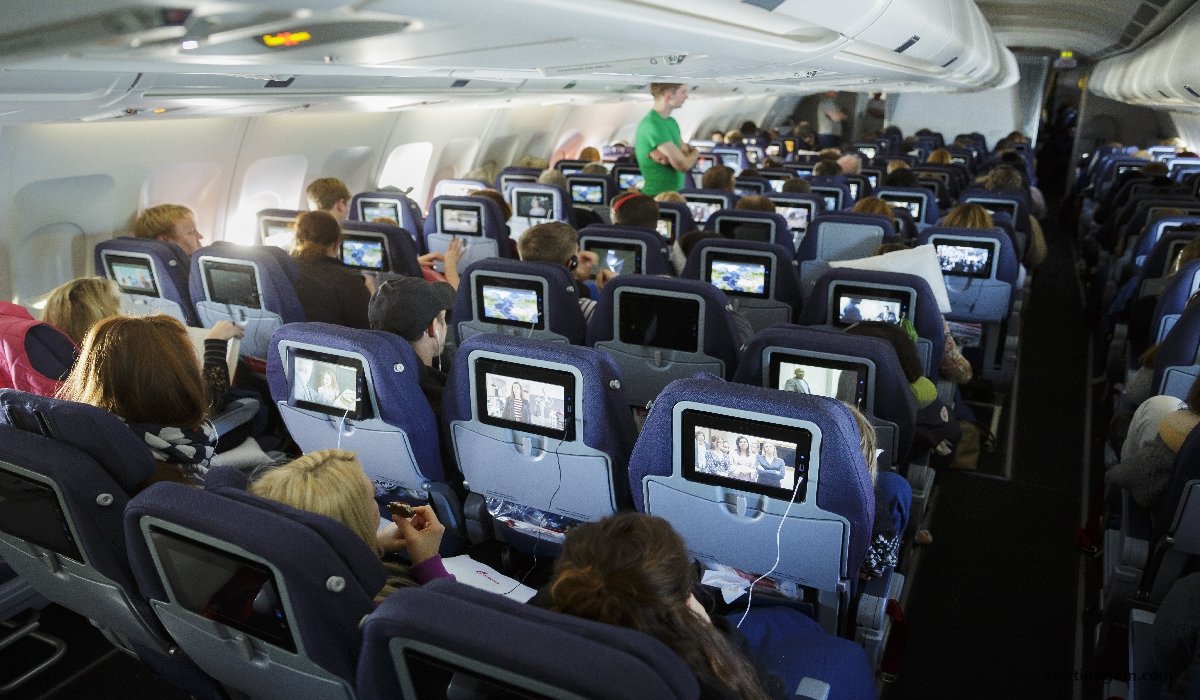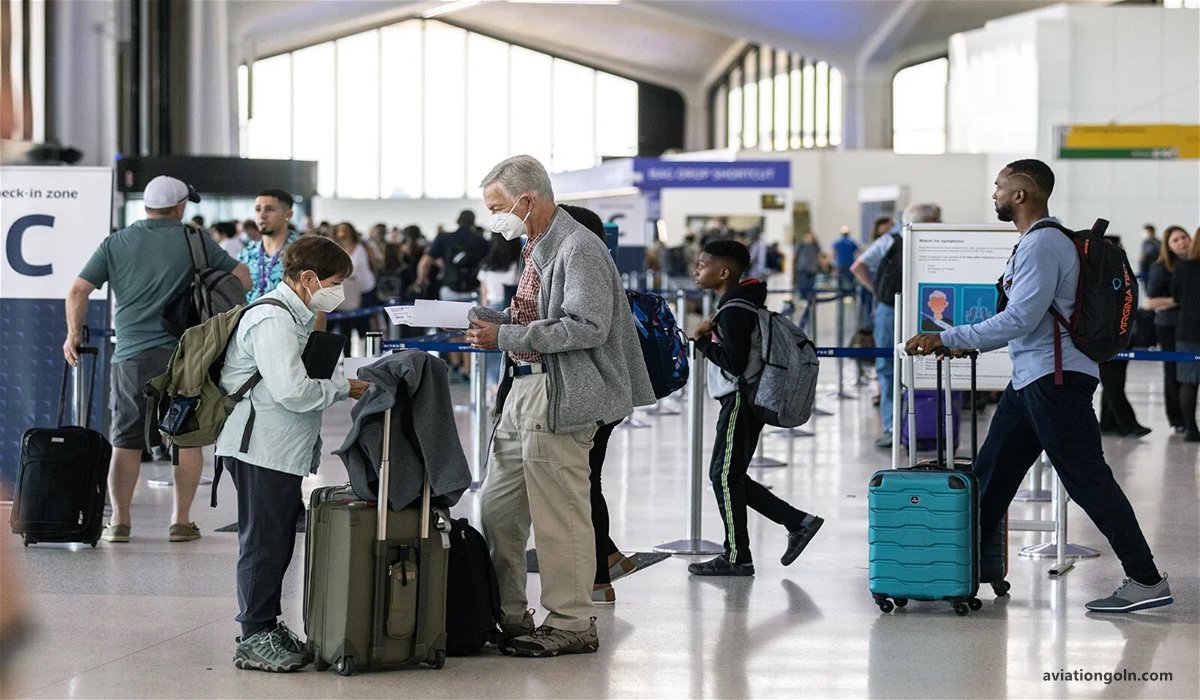Understanding Customer Needs and Wants: The aviation industry is a dynamic ecosystem, pulsating with a myriad of services, functions, and experiences. At the heart of this complex web is the airline customer – the pivot around which the industry revolves. Given the high-stakes nature of air travel, understanding the nuances of customer needs and wants becomes paramount for airlines. This article delves into the intricacies of discerning and addressing the requirements of the airline customer.
Understanding Customer Needs and Wants: Understanding the Airline Customer

1. Why is Understanding the Airline Customer Important?
Air travel, unlike many other industries, isn’t a mere transaction. It’s an experience that comprises safety, comfort, time, and convenience. As competition intensifies, airlines don’t just compete on price. They battle on customer experience, and the key to a superior experience is a deep understanding of the customer.
Moreover, the cost of acquiring a new customer is significantly higher than retaining an existing one. In the fiercely competitive aviation landscape, even a minor hiccup can lead to customer defection. Hence, comprehending their needs and wants not only drives customer loyalty but also boosts profitability.

2. Distinction between Needs and Wants
At a fundamental level:
- Needs pertain to the basic requirements that customers expect from an airline service. These are non-negotiable and often influence the choice of an airline.
- Wants are the additional comforts and conveniences that enhance the travel experience. While not essential, they can differentiate an airline from its competitors.
Needs of the Airline Customer
- Safety: The topmost priority. Customers need assurance that they will travel safely from point A to point B.
- Reliability: Flights need to be punctual, with minimal cancellations and delays.
- Transparency: From ticketing to in-flight services, customers require clarity in terms of costs, amenities, and processes.
Wants of the Airline Customer
- Comfort: Spacious seating, quality in-flight meals, and entertainment options.
- Connectivity: In-flight Wi-Fi or connectivity solutions.
- Loyalty Programs: Reward points, exclusive deals, and special privileges.

3. Gauging Customer Feedback
While industry standards can give airlines a general sense of customer needs and wants, direct feedback is invaluable. It includes:
- Surveys: Regular post-flight feedback forms, and periodic in-depth surveys.
- Social Media Monitoring: Observing sentiments and feedback on platforms like Twitter, Instagram, and Facebook.

- Direct Communication: Feedback through cabin crew or ground staff.
- Analytical Tools: Leveraging technology like AI to analyze customer behavior and feedback.

4. Catering to Diverse Customer Segments
Airline customers aren’t a monolithic entity. They vary based on their reasons for travel (business vs. leisure), cultural backgrounds, age, and more. Tailoring services for these segments can drastically enhance customer satisfaction:
- Business Travelers: Value punctuality, efficiency, and connectivity. An airline can cater to them with fast-track security checks, in-flight Wi-Fi, and business lounges.
- Leisure Travelers: Prioritize comfort, entertainment, and deals. Offering package deals, in-flight entertainment options, and more can cater to this segment.
- Millennials and Gen Z: Tech-savvy groups who value digital interfaces, eco-friendly travel, and experiential services.
- Families: Benefit from early boarding, entertainment for children, and family-friendly meals.

5. Meeting the Evolving Expectations
With advancements in technology and the global nature of air travel, customer expectations are continually evolving. Key trends include:
- Digital Integration: Seamless digital experiences from ticket booking to post-flight services.
- Personalization: Customized offers, in-flight entertainment, and meal options based on past preferences.
- Eco-friendly Initiatives: A rising trend is the demand for sustainable air travel. Airlines can incorporate fuel-efficient aircraft, reduce single-use plastics, and involve in carbon offset programs.
- Health and Well-being: Especially in the post-Covid world, health has taken center stage. Enhanced cleanliness, health checks, and promoting well-being during flights are now expected.

6. Challenges and Opportunities
While understanding and catering to airline customers offers a plethora of opportunities, it isn’t without challenges:
- High Expectations: The global exposure means customers often compare services across airlines worldwide.
- Operational Constraints: Balancing operational efficiency with customer demands, especially in peak seasons, can be daunting.
- Economic Factors: External factors like fuel prices, geopolitical tensions, or pandemics can impact service quality.
However, these challenges pave the way for innovation. From introducing bio-fuel planes to AI-driven personalized customer experiences, there’s immense potential for forward-thinking airlines to lead the way.

Understanding the airline customer is an ongoing journey, marked with challenges but replete with opportunities. In an age where customer loyalty is as volatile as jet fuel prices, the airlines that genuinely comprehend and cater to their customers’ needs and wants will soar higher than the rest.
